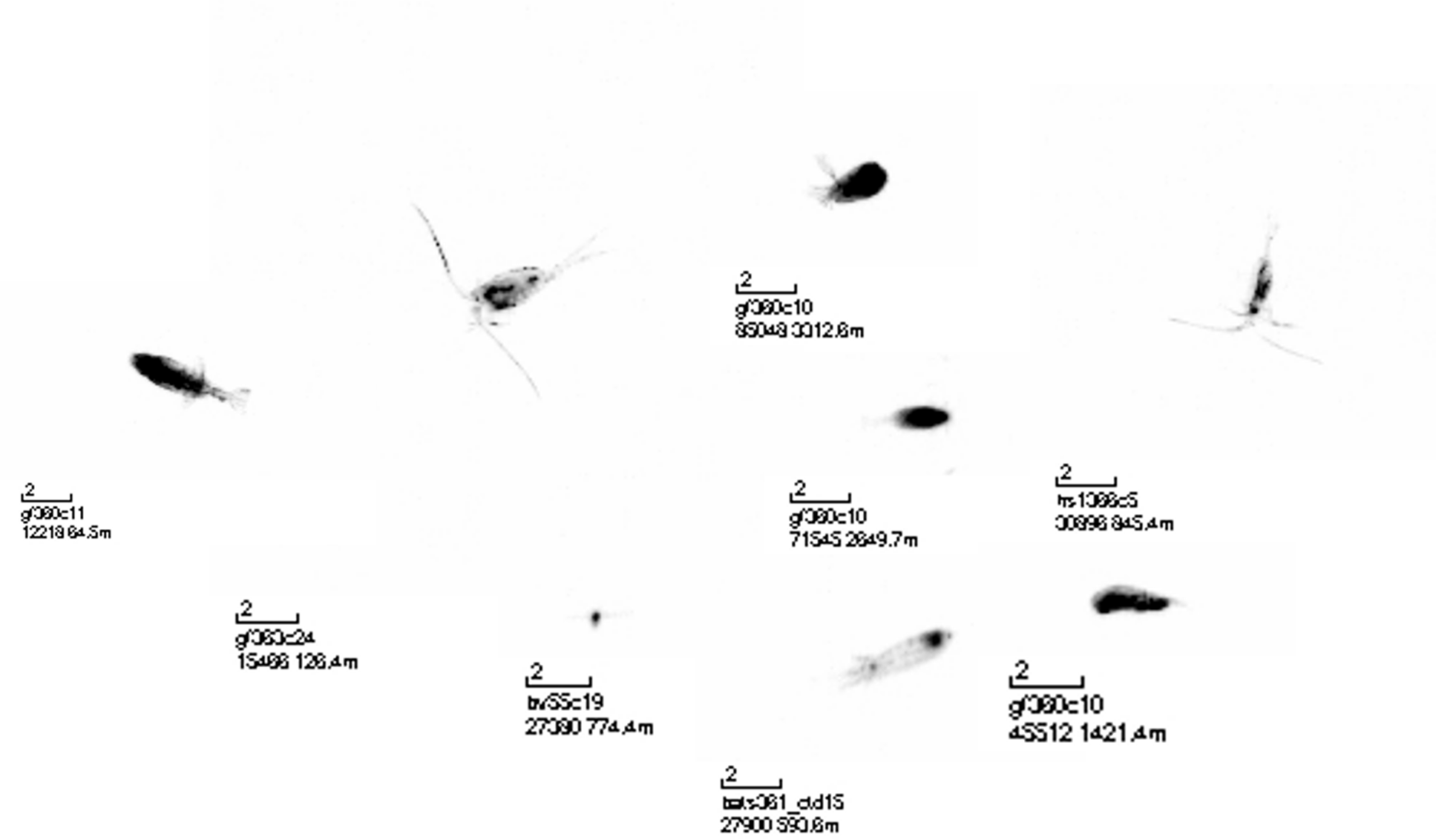
Plankton diel vertical migration is one of the largest mass movements of organisms on the planet. Leading hypotheses suggest that copepods migrate to avoid visual predators in sunlit, surface waters. Recent studies have shown the magnitude of copepod migration depends on their body size. Large copepods have to migrate to avoid predation while very large copepods stay in deeper waters. However, there are many adaptations to avoid detection in the water column, such as transparency and body-shape-simplification. I am using in-situ images of copepods to identify how diel vertical migration varies across all morphological metrics.
Rhizaria are a diverse group of protists which recently have been identified to be a large consitutent of mesozoplankton communities. These single-celled organisms potentially play large roles in biogeochemical cycles of carbon, silica, and strontium. Their role in plankton trophic structure can be complicated as some rhizaria are mixotrophic while others are strict heterotrophs. I am researching their niche structure in the Sargasso Sea and what factors control their seasonal cycles.